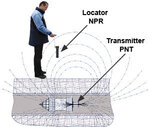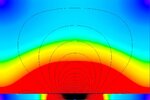Mohammad_Pirzadi
Advanced Member level 4

- Joined
- Nov 15, 2016
- Messages
- 100
- Helped
- 0
- Reputation
- 0
- Reaction score
- 0
- Trophy points
- 16
- Location
- Khorramabad, Iran
- Activity points
- 829
hi dear users. please reply to my comment #99. I am waiting.







